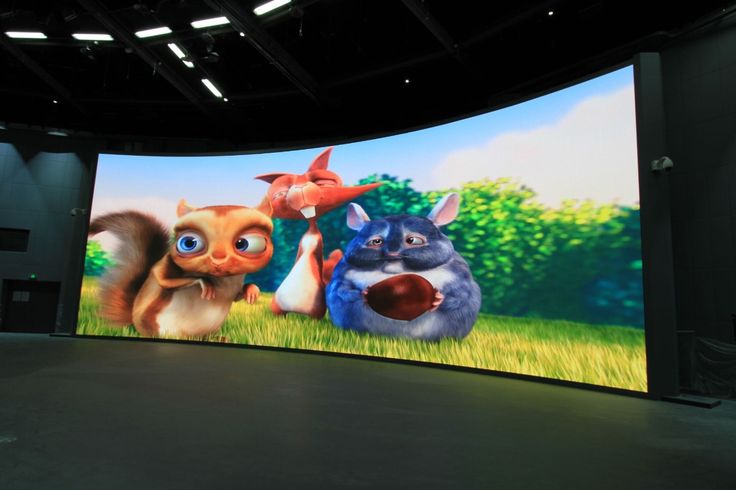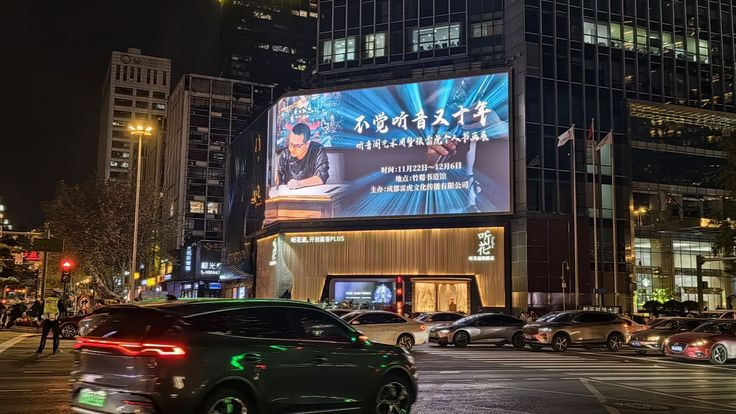Sansi LED: Sustainable LED Lighting and Integrated LED Display
Delivering premium and professional LED Display, LED Lighting, Smart City Integration solutions, trusted by over 60,000 companies worldwide everyday. From industrial lighting to commercial lighting, from outdoor advertising to XR & VR production, Sansi LED greatly improves the quality and sustainability of your business with 30 years of expert experiences.
How to Achieve More Flexible LED Display Solutions: The Advantages of Multiple Sizes and Cabinet Designs
In the world of LED display technology, with the growing demand for personalized, flexible, and high-performance display solutions, offering flexible size and cabinet options tailored to different project needs has become a critical consideration for designers and engineers. This article delves into the importance of selecting the right display size and cabinet design from both a technical and application perspective, and explains how flexible designs provide optimized display effects.
The Technical Background of Display Size and Application Scenarios
The size and form of an LED display not only determine the visual effect but also directly affect installation, energy efficiency, and heat dissipation. Choosing the right display size and cabinet design helps optimize display performance, improve system stability, and extend product lifespan.
Screen Size and Installation Requirements
The selection of screen size is typically influenced by several key factors:
• Viewing Distance: Smaller LED screens are ideal for close-up viewing, such as in retail stores and exhibitions, while larger screens are better suited for long-distance viewing, such as large advertising billboards and sports arenas.
• Space Size: Choosing the right screen size based on the installation space is key to ensuring optimal visual effects and space utilization. Oversized screens may compromise the visual experience, while too small screens might not effectively capture the audience’s attention.
• Brightness and Resolution: Larger screens usually require higher brightness and higher resolution, especially for outdoor or brightly lit environments, ensuring that the displayed content is clearly visible.

Multiple Sizes and Their Application
LED displays are not a “one-size-fits-all” solution. Different application scenarios have different size requirements:
• Small Screens: Suitable for indoor displays, retail stores, and exhibition spaces, with common sizes like 250W * 250H and 250W * 500H.
• Medium Screens: Suitable for commercial environments such as meeting rooms and public areas in malls, with typical sizes like 750W * 500H.
• Large Screens: Commonly used for outdoor advertising, large events, and sports venues, with sizes like 1000W * 500H, which meet the need for high brightness and long-distance viewing.
By carefully selecting the screen size, designers can ensure the display meets both visual impact requirements and adapts to the actual conditions of the space.
Cabinet Design: Ensuring Stable Operation in Various Environments
The cabinet of an LED display not only needs to meet installation and size requirements but also must consider environmental adaptability, especially for outdoor applications. The design of the cabinet directly affects heat dissipation, waterproofing, dustproofing, and UV resistance.
Outdoor Environment Requirements
Outdoor LED displays often face extreme weather conditions such as heavy rain, strong winds, and extreme temperatures. To cope with these challenges, outdoor cabinets typically need:
• IP65 or higher protection rating: Ensures the device is waterproof and dustproof, making it suitable for harsh weather conditions.
• Efficient heat dissipation: Large LED screens require more cooling space to ensure that the LED chips and power supply do not overheat, which could affect display performance and the lifespan of the equipment.
• UV-resistant materials: Outdoor environments with strong ultraviolet light can accelerate the aging of the cabinet, so UV-resistant materials are used to ensure the durability and aesthetics of the cabinet.

Indoor Environment Requirements
While indoor environments are milder than outdoor conditions, they often have more refined display requirements. Indoor cabinets focus on:
• Aesthetic and compact design: Indoor cabinet designs usually demand a clean, attractive appearance that integrates well with the surrounding environment.
• Heat dissipation and noise control: While indoor temperature control is better, prolonged operation may still generate heat. Therefore, efficient heat dissipation design is essential, and noise control is also important to avoid disturbances to the surrounding environment.
Industry Trends and Market Demands
With the continuous development of LED display technology, there is an increasing demand for flexible, customizable, and high-performance display solutions in the market. Particularly in industries like retail, advertising, sports venues, and public facilities, personalized and efficient display solutions are set to dominate the future market.
Flexible LED display solutions have become an inevitable trend in the industry. If you are looking to explore the best LED display solutions for your project, feel free to contact us to discuss how our technological advantages can bring value to your project.
